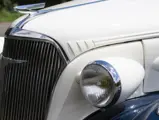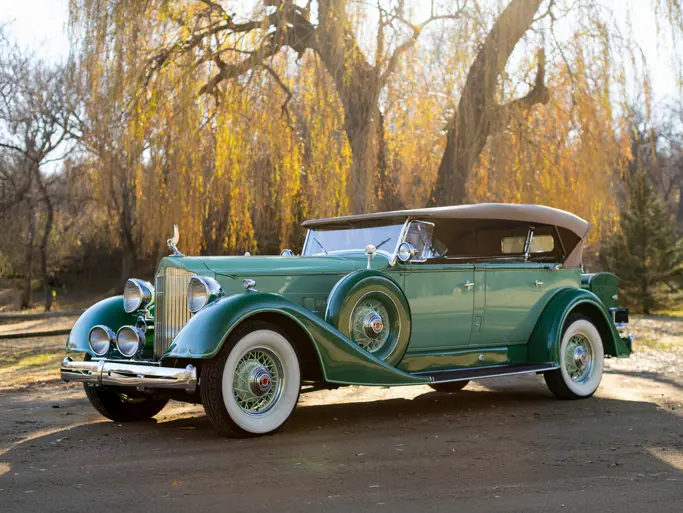
1937 Chevrolet Master Cabriolet by Duval
{{lr.item.text}}
€31,050 EUR | Sold
{{bidding.lot.reserveStatusFormatted}}
- One-off body by Carrosserie Charles Duval
- Recent documented restoration
- Rebuilt engine sourced from the U.S.
- Carrosserie unique par Charles Duval
- Restauration récente et documentée
- Moteur reconstruit acheté aux États-Unis
Although considered by many in Europe as unsophisticated, American cars developed a certain following on the continent between the World Wars. Although not as economical to operate as British and European makes, and saddled with additional duties and road tax, they proved to be robust and reliable.
Purchased new by an aristocrat in the Loire Valley of France, this 1937 Chevrolet Master was consigned to Carrosserie Charles Duval at Boulogne-sur-Seine, a Parisian suburb, for a bespoke body. Established in 1929, Duval’s firm built its first bodies for Amilcar chassis, for which it became well known. Other marques wearing Duval bodies included Derby, Tracta, Chenard-Walcker and even Bugatti. A 1930 Delahaye is described by the late historian Jan Norbye as ‘follow[ing] the American style’. In addition to one-off bodies, Duval undertook some series production for La Licorne until 1939. The coming of war put an end to the enterprise.
The original consignor of this Chevrolet Master gave instruction for a five-seat ‘Mylord’ cabriolet. He kept the car until the 1960s, when it was sold to its second owner. It was then restored in 2007 in an extensive operation, in which a correct 216-cu. in. replacement engine was sourced in the U.S., rebuilt there and shipped to France for installation. Documentation for this work is included on file.
Finished in white with blue wings, the Master exhibits a measure of flair not seen in home-market Chevrolets. Duval’s craftsmen echoed the line of the Chevrolet’s body crease, which on ’37s originates from the lower edge of the bonnet. The beltline of the body mirrors this profile, which is highlighted by a bold bright moulding running in parallel. A ‘bustle’ luggage compartment is appended to the rear of the body, with an exposed spare on the boot-lid. The hood folds down and rests atop the body in Germanic fashion, and side lamps on the front wings give the American nose a Continental air.
Bien que souvent considérées comme peu sophistiquées par les Européens, les voitures américaines ont rencontré sur ce continent un certain succès entre les deux guerres. Même si elles n'étaient pas aussi économiques à utiliser que les voitures de marques européennes, en plus d'être handicapées par des taxes additionnelles, elles se révélaient robustes et fiables.
Achetée neuve par un aristocrate de la vallée de la Loire, cette Chevrolet Master 1937 a été confiée à la Carrosserie Charles Duval, à Boulogne-sur-Seine, pour la fabrication d'une carrosserie spécifique. Établi en 1929, l'atelier de Duval a commencé par produire des carrosseries sur des châssis Amilcar, et c'est ce qui l'a fait connaître. D'autres marques ont été elles aussi habillées par ce carrossier, comme Derby, Tracta, Chenard et Walcker et même Bugatti. Une Delahaye 1930 est présentée par l'historien Jan Norbye comme "suivant le style américain". En plus de carrosseries sur commande, Duval a effectué quelques productions en série comme pour la marque La Licorne, jusqu'à 1939. La seconde Guerre Mondiale a mis un terme à ses activités.
Le premier acheteur de cette Chevrolet Master a commandé un cabriolet "Mylord" cinq places. Il a conservé la voiture jusqu'aux années 1960, avant de la vendre à son deuxième propriétaire. En 2007, elle a fait l'objet d'une restauration complète et, à cette occasion, un moteur 216 ci (3 539 cm3) correct de remplacement a été acheté aux États-Unis où il a été refait avant d'être expédié en France pour y être installé dans la voiture. Toute la documentation concernant cette opération est incluse au dossier.
De teinte blanche à ailes bleues, cette Master présente une élégance dont sont dénuées les Chevrolet réalisées aux États-Unis. Les artisans de l'atelier ont fait écho à la ceinture de caisse en créant une moulure dans le prolongement de la base du capot. La ligne de porte s'abaisse harmonieusement vers l'arrière, en étant soulignée par une large baguette chromée qui lui est parallèle. Une malle bombée habille l'arrière, sur laquelle vient se fixer la roue de secours. La capote est repliée sur la carrosserie, à la façon allemande, et des feux de position au sommet des ailes avant donnent à cette voiture américaine une allure européenne.









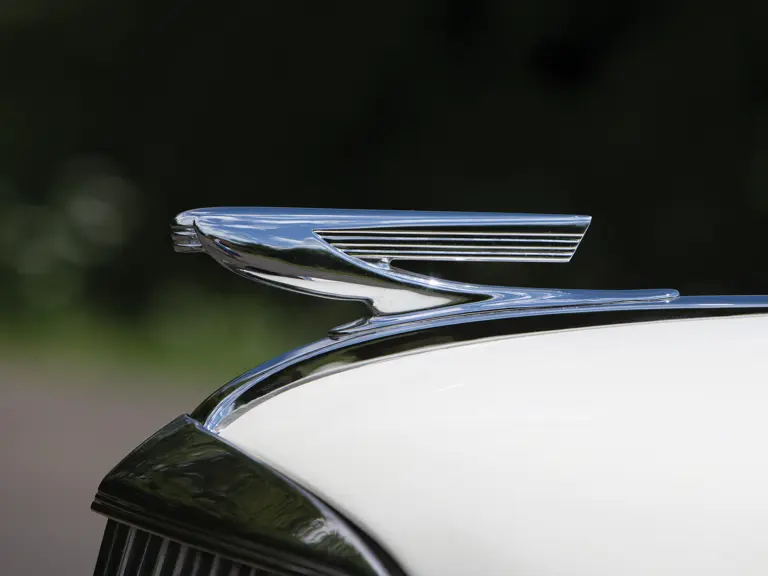





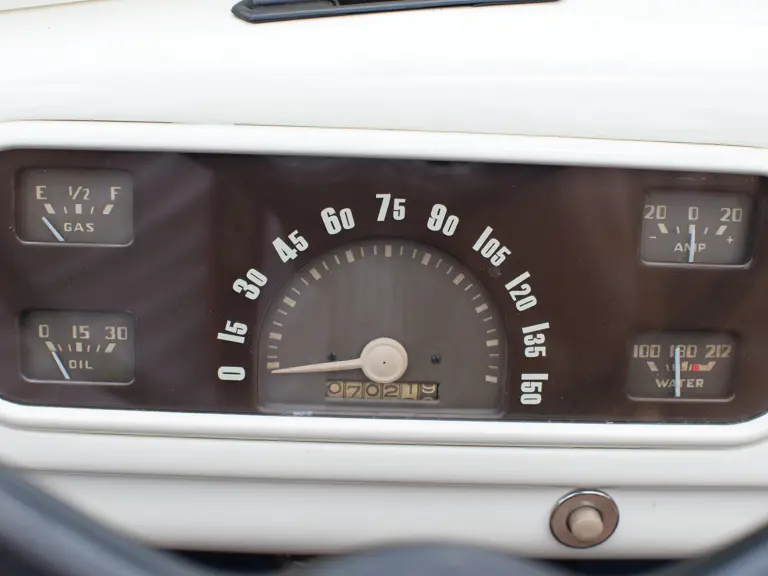








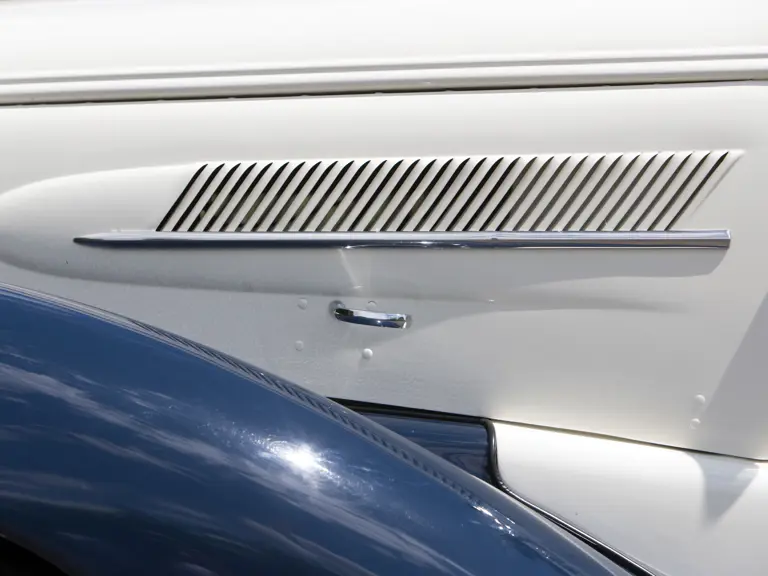







 | Paris, France
| Paris, France





